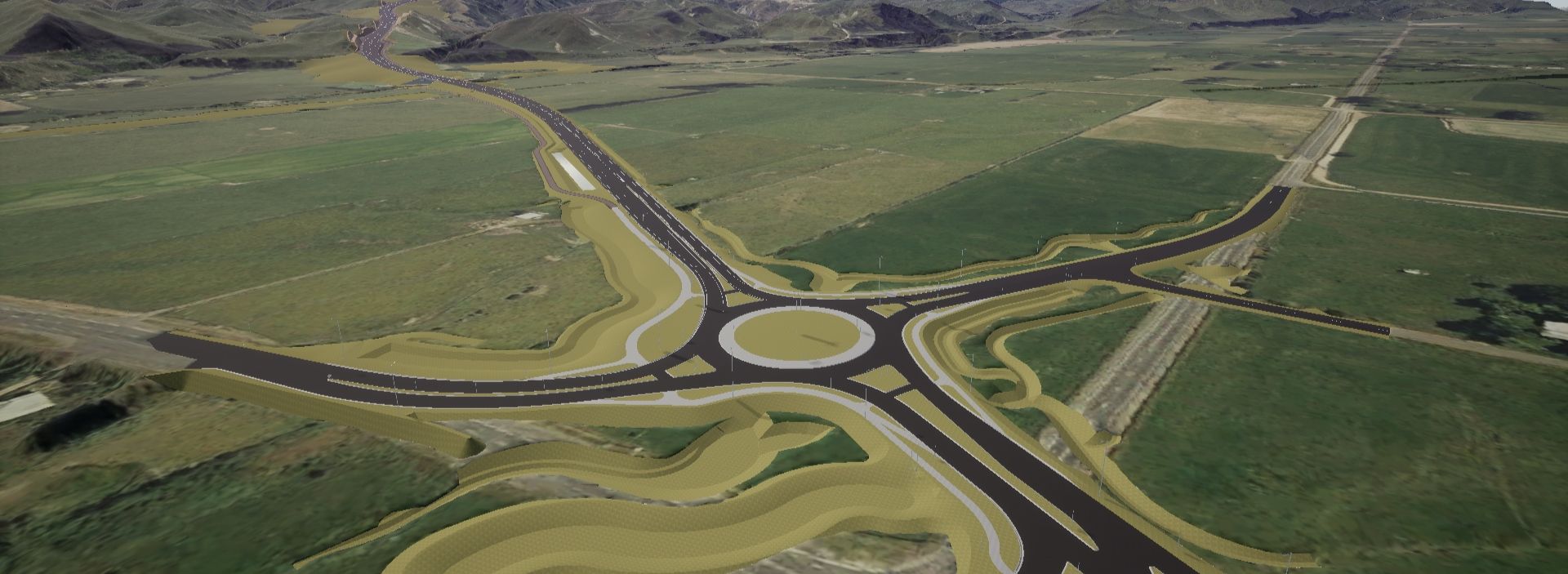Underpinning digital transformation of road transportation are four key megatrends. These are driving changes across all aspects of society but form an integral enabler to realising Digital Transport Infrastructure and include developments in: connectivity, data processing and computing; energy, artificial intelligence (AI) and automation.
To examining how to develop modern, sustainable transport networks, our evolving definition of Digital Transport Infrastructure refers to mobility-related infrastructure shaped by technological and data-driven components, utilised to deliver whole-system outcomes driven by customer needs and policy objectives. Our concept offers a holistic perspective that supports enhanced outcomes and transforms the way we all use our road transport networks. To deepen this understanding we have also identified ten pathways to guide government and regulatory bodies, policymakers, road authorities and infrastructure operators, solution and service providers, and transport organisations/operators to successfully navigate their digital transformation journeys.
- Policy and regularly framework: Establishing policies and regulations that incentivise the adoption of Digital Transport Infrastructure. This includes setting standards for digital systems, data privacy, cybersecurity, and interoperability.
- Governance and enterprise framework: Creating a structured framework to coordinate activities among diverse stakeholders from both public and private sectors. This aligns all parties to share objectives and risks, fostering genuine collaboration, mutual accountability, and a balanced approach to financial responsibilities.
- Research and Development (R&D): Particularly investing in R&D to develop innovative technologies and solutions for Digital Transport Infrastructure. This can include funding research institutions, startups, and technology firms working on digital transportation systems.
- Infrastructure delivery: Including upgrading existing road infrastructure to support digital technologies, such as installing sensors, cameras, and communication networks. This also involves integrating digital infrastructure with existing transportation systems.
- Data collection and analytics: This means implementing systems for collecting, processing, and analysing data from digital infrastructure. This data can be used to optimise traffic flow, improve safety, and enhance transportation planning.
- Public awareness and education: Educating the public about the benefits of Digital Transport Infrastructure and promoting behaviour change. This can include campaigns to encourage the use of digital tools for navigation, traffic management, and vehicle connectivity.
- Capacity and capability building: Building the technical capacity and capability of government agencies, transportation professionals, and other stakeholders to plan, implement, and manage Digital Transport Infrastructure effectively.
- International partnerships: Collaborating with other countries and international organisations to share best practices, standards, and technologies for Digital Transport Infrastructure.
- Demonstration pilots and trials: Launching pilot projects to demonstrate the feasibility and benefits of Digital Transport Infrastructure. These projects can help build confidence among stakeholders and encourage broader adoption.
- Continuous monitoring and evaluation: Continuously evaluating the performance of Digital Transport Infrastructure and making adjustments as needed.
Each pathway offers specific strategies to leverage technological and data-driven components ensuring that Digital Transport Infrastructure aligns with customer needs and policy objectives. Following these pathways will further help stakeholders accelerate system-wide development. It is important to note that the pathways are designed to be flexible and adaptable, with the recognition that some pathways may be more applicable than others depending on the different contexts.
When we look at our roads, change is unavoidable. Gone are the days when vehicles and infrastructure function as separate entities. Today, the boundaries between vehicles, roads, communication networks and the users themselves have blurred, creating a dynamic, evolving ecosystem. Looking ahead, the synergy between technology, infrastructure and users will continue to drive innovations in road transport, especially as transport data becomes ubiquitous and more accessible. Acting upon a focused vision, and implementing these pathways above, can ensure that change is meaningful, and lead us to the evolution of our roads and a road infrastructure that is safer, more inclusively accessible and sustainable for all.
This article by John Rammutla aims to provide a summary of WSP Transport & Infrastructure insights paper, Digitalization of Road Transport Infrastructure. Read the paper.


